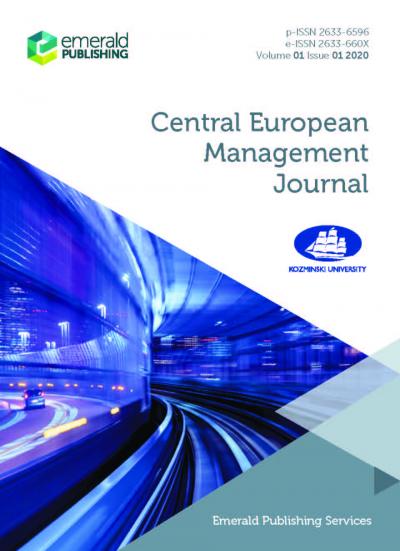Adventurous Foreign Direct Investment
Michał Zdziarski
University of Warsaw
Justyna Światowiec-Szczepańska
Poznań University of Economics and Business
Mike Troilo
Collins College of Business, School of Finance
Łukasz Małys
Poznań University of Economics and Business
2017 25 (2) Central European Management Journal
DOI 10.7206/jmba.ce.2450-7814.198








